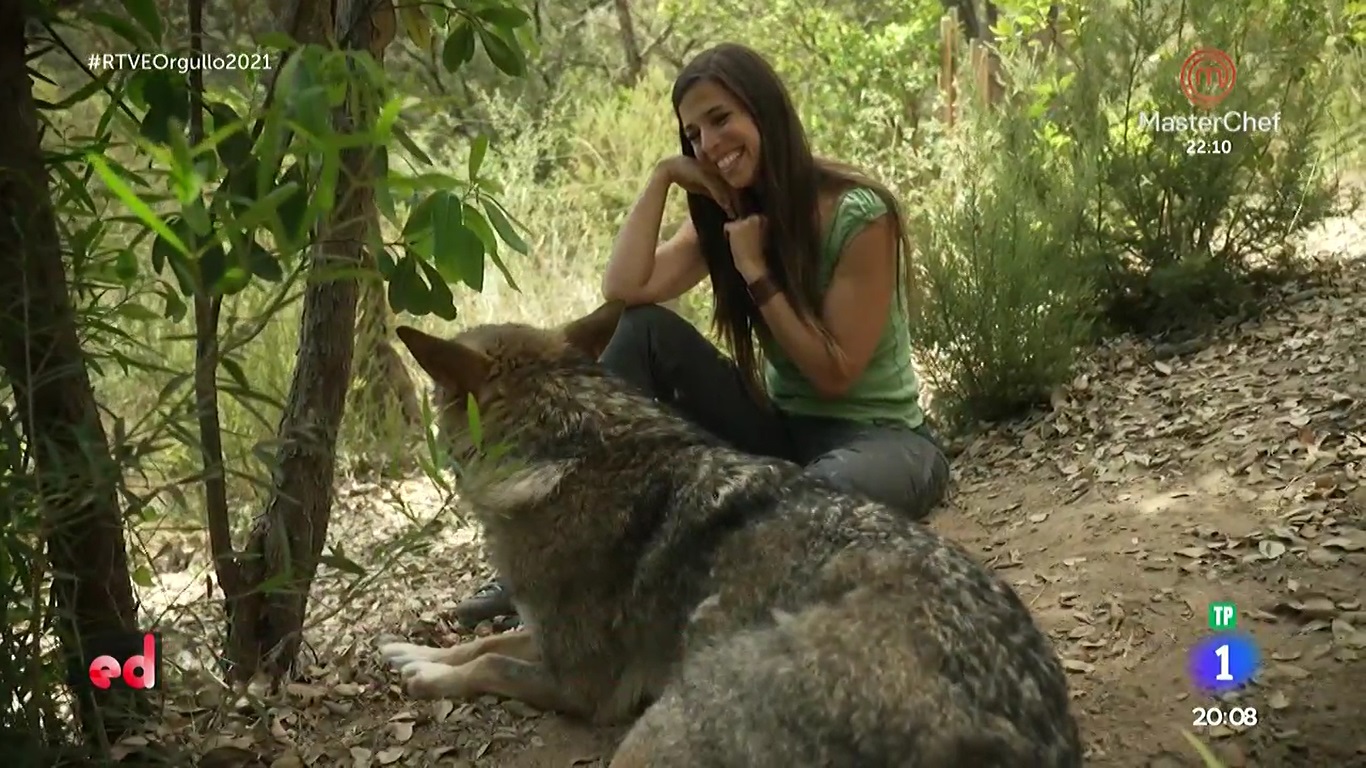

Once extinct in the wild and absent from eastern NC for over 100 years, they were reintroduced from captive born wolves in 1987 beginning with four pairs of wolves into Alligator River National Wildlife Refuge (ARNWR) by the US Fish and Wildlife Service (USFWS), the implementing agency for terrestrial endangered species. Red wolves ( Canis rufus) are endemic to the temperate forests of the eastern United States and are critically endangered, occurring in only one location in the wild where they are the dominant carnivore in the ecosystem. Our findings add to a growing literature on endangered species protections and enhancing the science used to measure poaching worldwide. Implementing proven practices that prevent poaching or hasten successful reintroduction may reverse the decline to extinction in the wild of this critically endangered population. We quantify the effects on risk for three scenarios for unknown fates, which span conservative to most likely COD. Our estimates of risk differed from prior published estimates, as expected by accounting for unknown fates explicitly. Mean time from collaring until nonhuman COD averaged 376 days longer than time until poached and 642 days longer than time until disappearance.

Risk of poaching and disappearance was significantly higher during hunting season. We found that anthropogenic COD accounted for 0.78–0.85 of 508 marked animals, including poaching and cryptic poaching, which we estimated at 0.51–0.64. We include unknown fates in our risk estimates. We estimate risk for marked adult red wolves of 5 causes of death (COD: legal, nonhuman, unknown, vehicle and poached) and disappearance, describe variation in COD in relation to hunting season, and compare time to disappearance or death. Cryptic poaching inhibits our understanding of the causes and consequences of anthropogenic mortality, which is important to conservation as it can inform us about future population patterns within changing political and human landscapes. Poaching is still not well understood and is often underestimated, partly as a result of cryptic poaching, when poachers conceal evidence. The reintroduced red wolf ( Canis rufus) population in northeastern North Carolina declined to 7 known wolves by October 2020, the majority of which is due to poaching (illegal killing), the major component of verified anthropogenic mortality in this and many other carnivore populations.


 0 kommentar(er)
0 kommentar(er)
